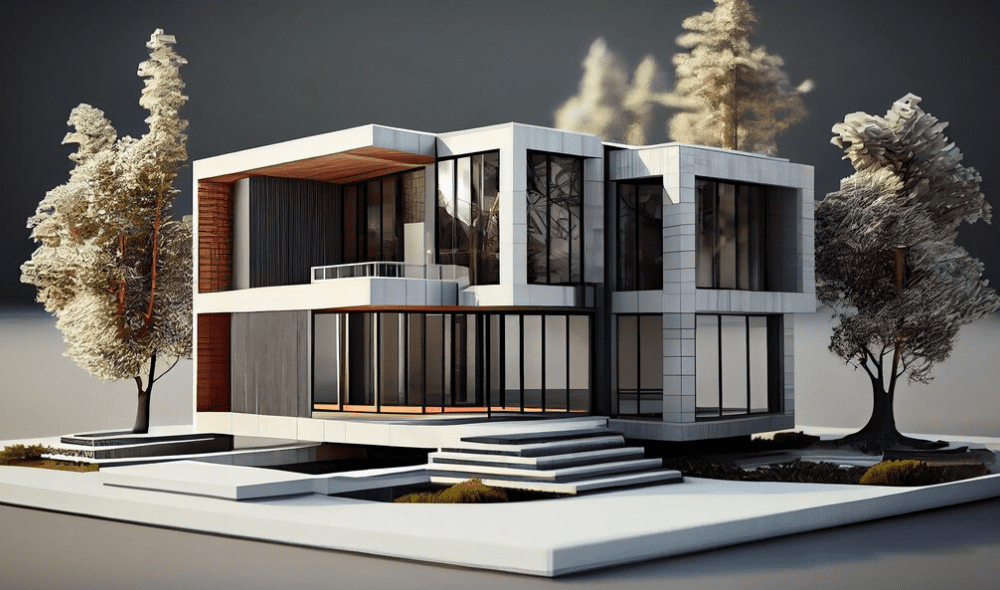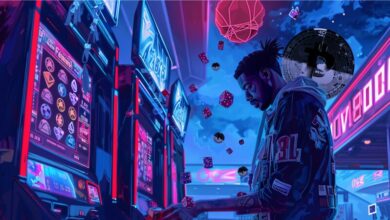How to Elevate Design Standards Through Advanced Rendering Techniques

In today’s competitive market landscape, where aesthetics, functionality, and innovation converge, the role of design has never been more pivotal. Whether it’s architecture, product design, or industrial engineering, the ability to effectively communicate ideas through visual representation is paramount. Advanced rendering techniques have emerged as a game-changer, offering designers unparalleled capabilities to elevate their standards and bring concepts to life with unprecedented realism and detail. In this discourse, we delve into the realm of advanced rendering techniques, exploring how they enable the enhancement of design standards across various domains.
Understanding Advanced Rendering Techniques:
At its core, rendering is the process of generating a two-dimensional image or animation from a 3D model. While traditional rendering methods suffice for basic visualization, advanced rendering techniques harness the power of cutting-edge technologies to push the boundaries of realism and immersion.
- Ray Tracing: Ray tracing is a rendering technique that simulates the way light interacts with objects in a scene. By tracing the path of light rays as they bounce off surfaces, ray tracing produces highly realistic images with accurate shadows, reflections, and refractions. This technique adds depth and authenticity to visualizations, making them indistinguishable from photographs.
- Global Illumination: Global illumination algorithms replicate the complex interplay of light within a scene, accounting for indirect lighting effects such as diffuse reflection, caustics, and ambient occlusion. By accurately modeling how light scatters and interacts with surfaces, global illumination enhances the realism of rendered images, imbuing them with a sense of depth and atmosphere.
- Physically-Based Rendering (PBR): PBR is a rendering approach based on principles of physics and material science, whereby materials are defined by their physical properties such as reflectivity, roughness, and metallicness. By accurately simulating the behavior of light on different surfaces, PBR enables the creation of lifelike materials that respond realistically to varying lighting conditions.
Architectural Visualization
In the realm of architecture, advanced rendering techniques revolutionize the visualization process, enabling architects and designers to present their vision with unparalleled clarity and fidelity. 3D architectural rendering, empowered by ray tracing and global illumination, facilitates the creation of photorealistic representations that allow clients and stakeholders to envision spaces with astonishing realism. From interior design concepts to urban planning proposals, advanced rendering techniques elevate design standards by conveying architectural intent with precision and impact.
Architectural firms leverage these techniques to create immersive 3d virtual tours experiences for clients, allowing them to explore environments before construction begins. This not only enhances client satisfaction but also streamlines the design process by enabling rapid iterations and informed decision-making. By leveraging advanced rendering techniques, architects can experiment with different materials, lighting scenarios, and spatial arrangements, refining their designs iteratively to achieve optimal results.
Product Design and Development
For product designers, the ability to visualize concepts accurately is instrumental in the design and development process. Advanced rendering techniques facilitate the creation of high-fidelity product renderings that showcase form, texture, and detail with unparalleled realism. Whether it’s automotive design, consumer electronics, or furniture prototypes, 3D industrial rendering enables designers to refine their concepts iteratively, fostering innovation and pushing the boundaries of design excellence.
Product design teams use advanced rendering techniques to create compelling visualizations that communicate the features and benefits of their products effectively. By simulating real-world lighting conditions and material properties, designers can evaluate the aesthetic appeal and functional performance of their designs before they go into production. This not only reduces time-to-market but also minimizes costly design errors, ensuring that products meet the highest standards of quality and usability.
Industrial Engineering and Prototyping
In the realm of industrial engineering, advanced rendering techniques play a crucial role in visualizing complex machinery, production processes, and industrial environments. By leveraging sophisticated rendering algorithms, engineers can simulate the behavior of materials, analyze ergonomic factors, and optimize workflows with precision. From conceptual design to manufacturing simulation, 3D rendering empowers industrial engineers to streamline processes, minimize errors, and elevate design standards across the entire product lifecycle.
Industrial designers rely on advanced rendering techniques to create detailed models of machinery and equipment, allowing them to visualize how components interact and identify potential design flaws. By simulating assembly processes and production workflows, engineers can optimize manufacturing efficiency and ensure product quality. Additionally, advanced rendering enables engineers to communicate design intent effectively to stakeholders, facilitating collaboration and decision-making throughout the product development lifecycle.
Overcoming Challenges and Embracing Innovation:
While advanced rendering techniques offer unparalleled benefits, they also pose challenges in terms of computational complexity, resource requirements, and skill acquisition. However, with advancements in hardware acceleration, cloud rendering services, and intuitive software interfaces, these challenges are becoming increasingly surmountable.
- Hardware Acceleration: The advent of powerful graphics processing units (GPUs) and dedicated rendering hardware accelerators has significantly reduced rendering times and enabled real-time visualization capabilities. By harnessing the parallel processing power of modern GPUs, designers can iterate rapidly and explore design variations with unprecedented speed and efficiency.
- Cloud Rendering Services: Cloud-based rendering services leverage remote server infrastructure to offload rendering tasks, allowing designers to access scalable computing resources on-demand. By harnessing the computational power of the cloud, designers can tackle complex rendering projects without the need for expensive hardware investments, thereby democratizing access to advanced rendering capabilities.
- Intuitive Software Interfaces: User-friendly rendering software with intuitive interfaces and robust feature sets empower designers of all skill levels to leverage advanced rendering techniques effectively. From integrated development environments (IDEs) to standalone rendering applications, modern software tools provide a seamless workflow for creating stunning visualizations without the need for extensive technical expertise.
Conclusion
Advanced rendering techniques represent a paradigm shift in the realm of design, offering designers unprecedented capabilities to elevate standards and realize their creative vision with unparalleled fidelity and realism. Whether it’s architectural 3d industrial rendering, product design, or industrial engineering, the power of 3D rendering is reshaping the way we conceptualize, communicate, and bring ideas to fruition. By embracing innovation, overcoming challenges, and harnessing the transformative potential of advanced rendering techniques, designers can unlock new realms of creativity and set new benchmarks for design excellence in the digital age.





